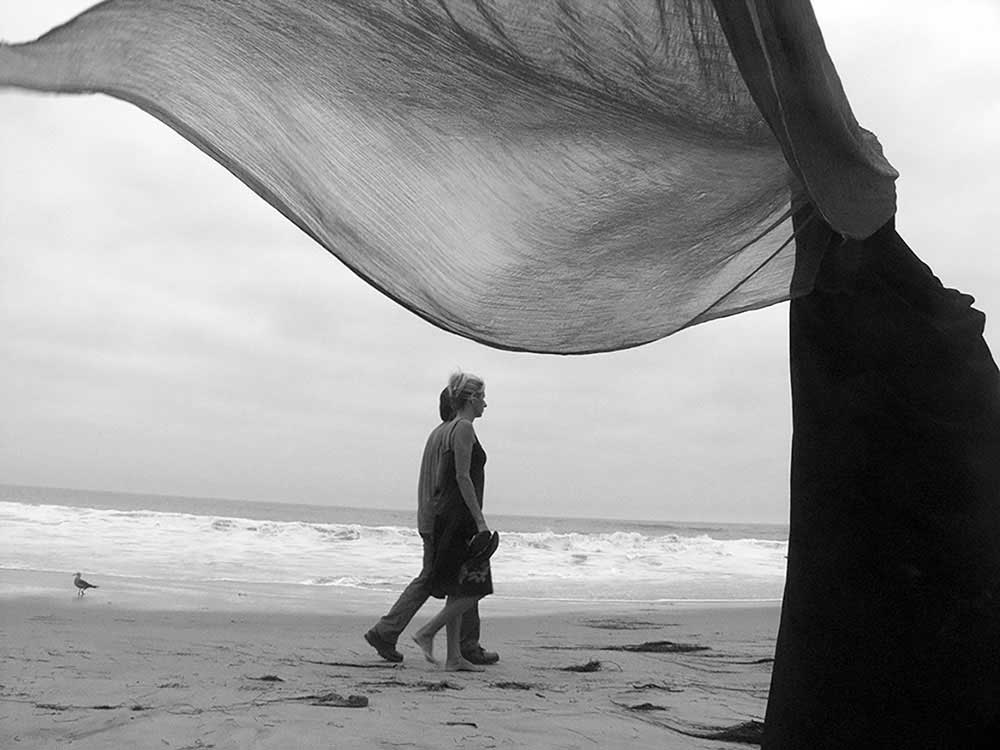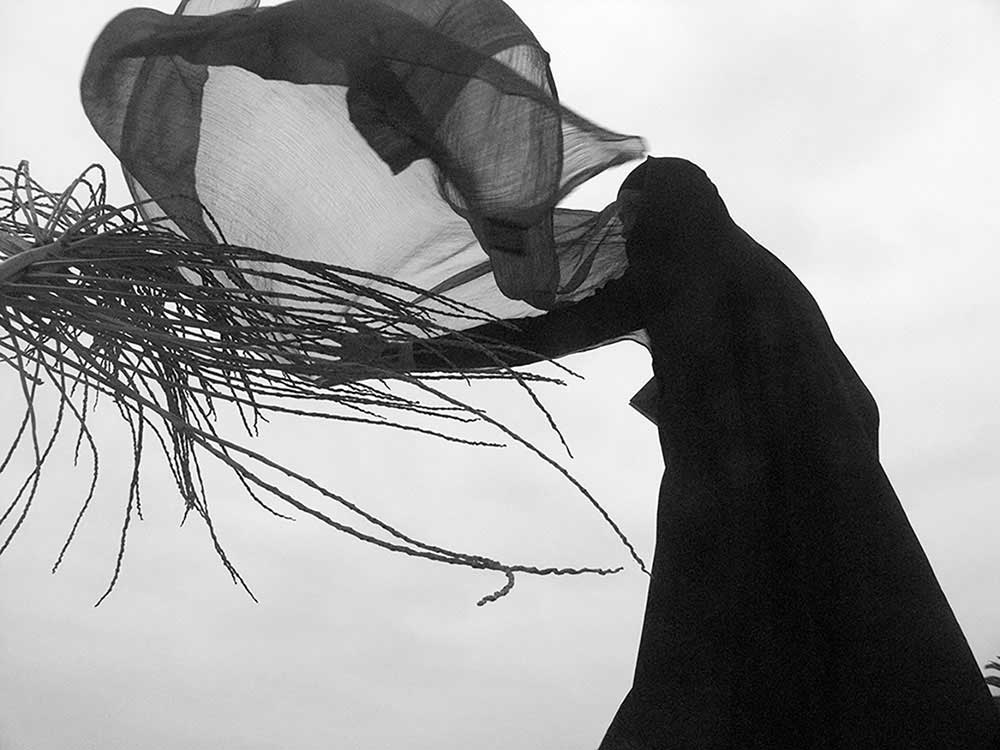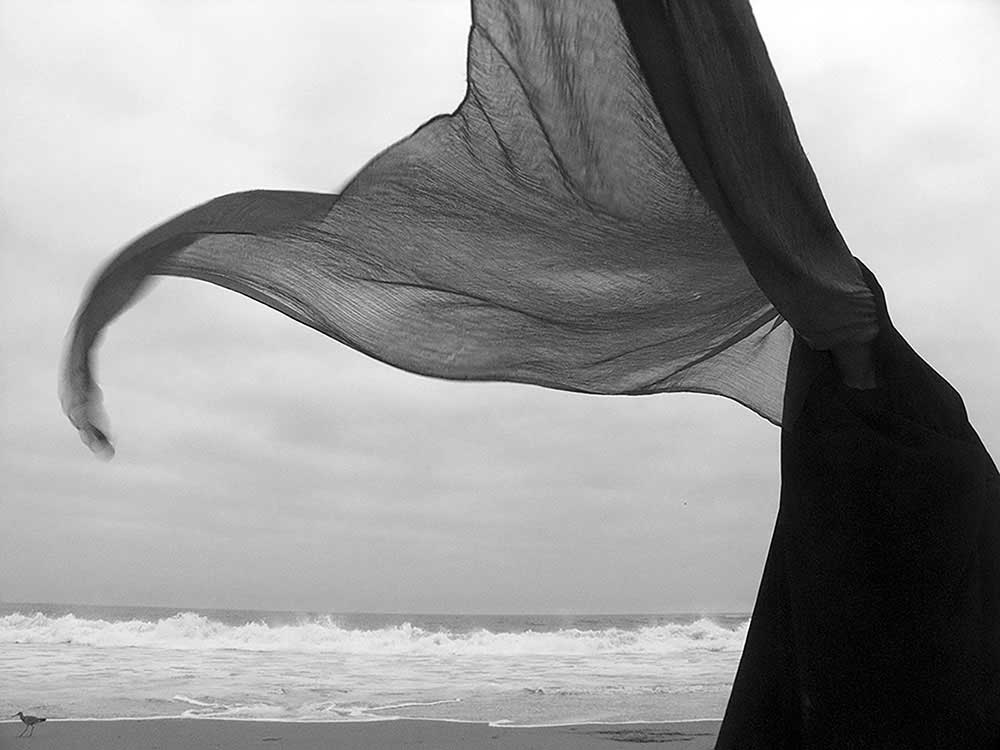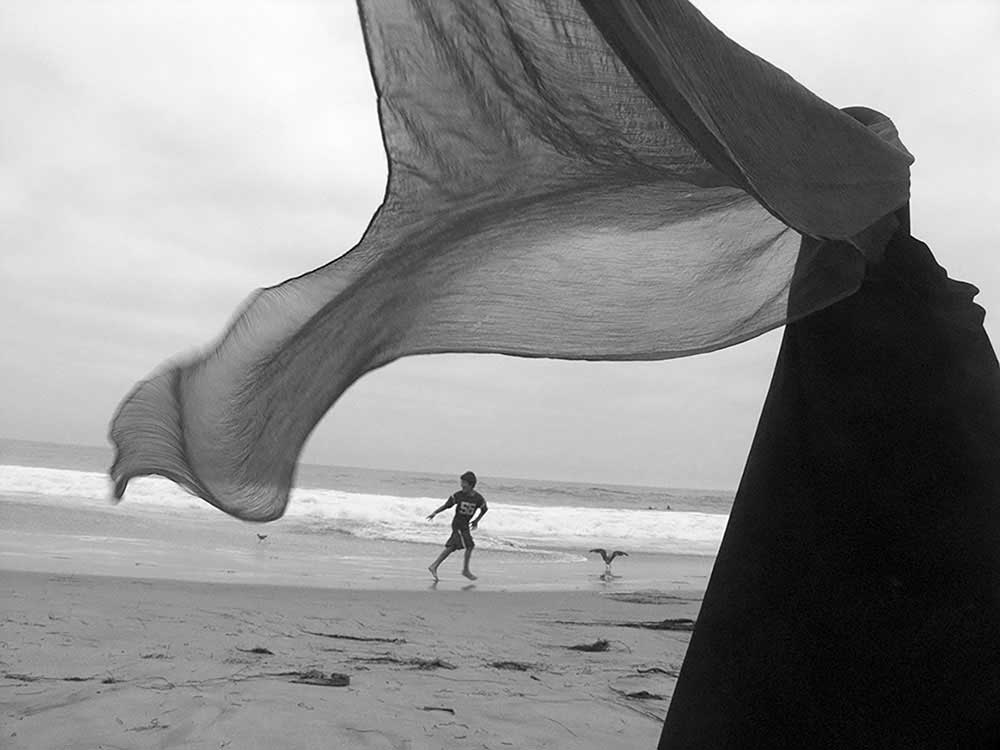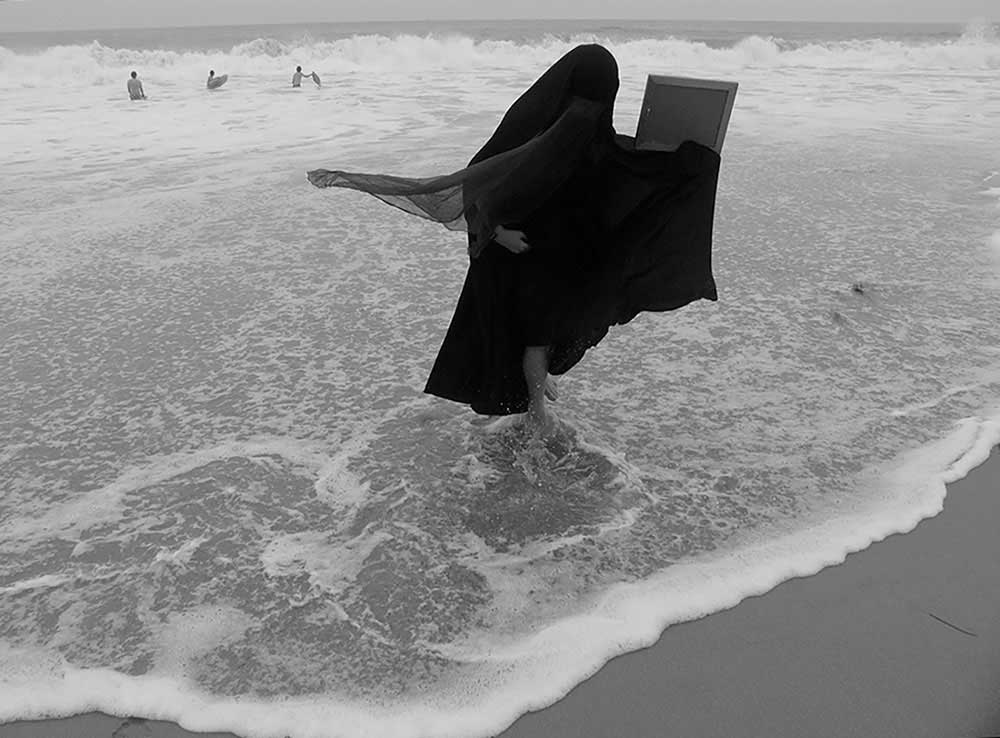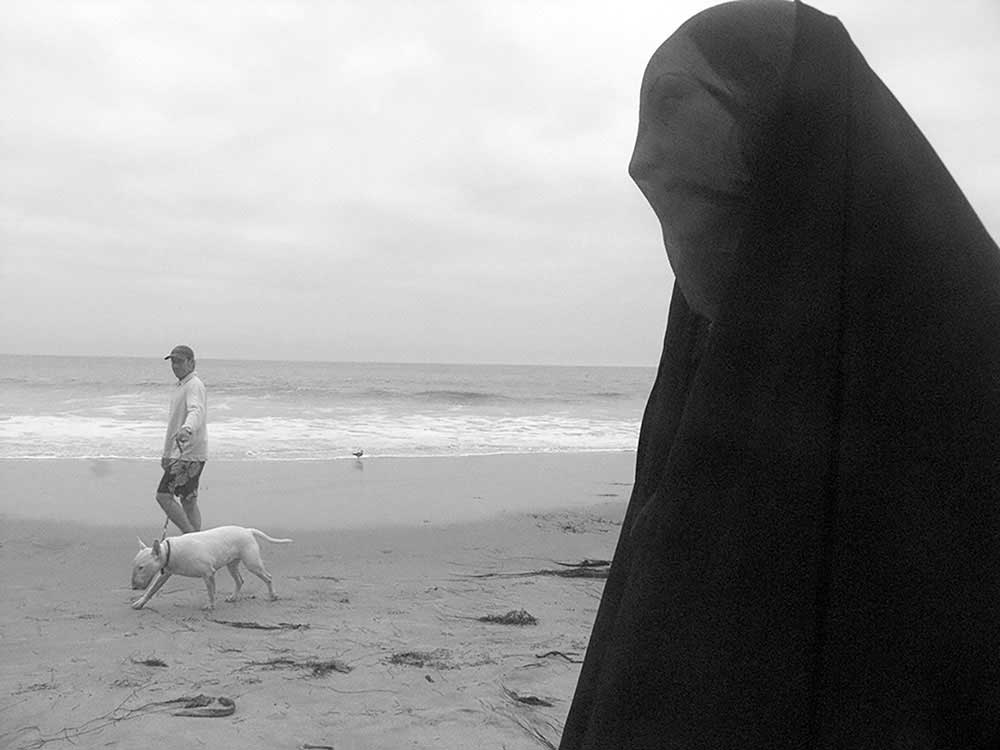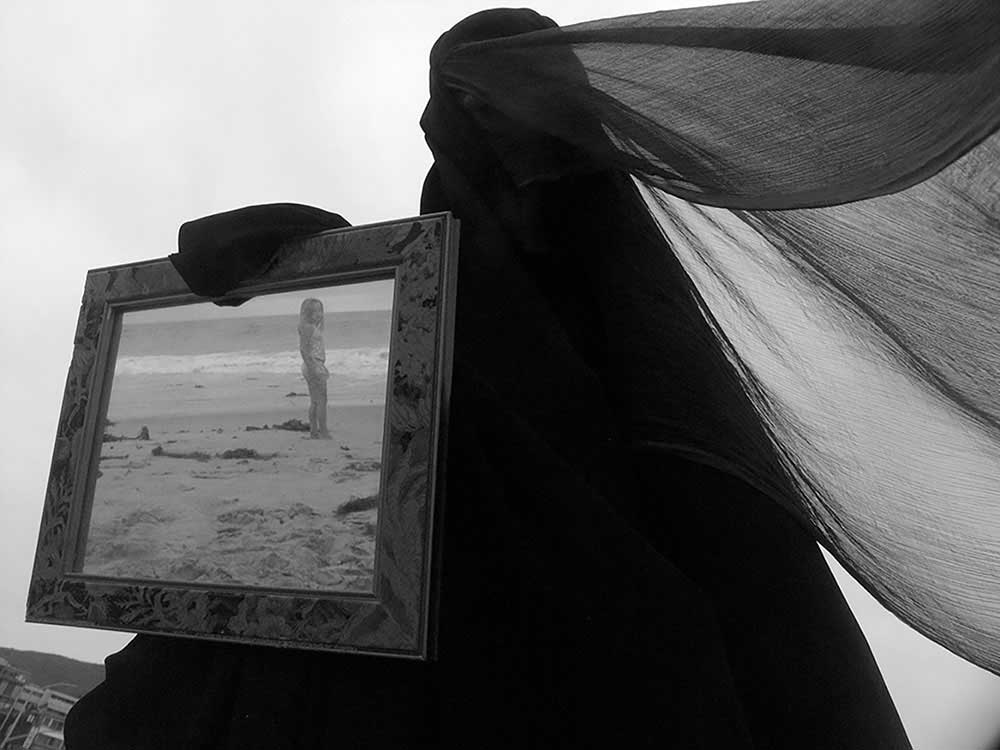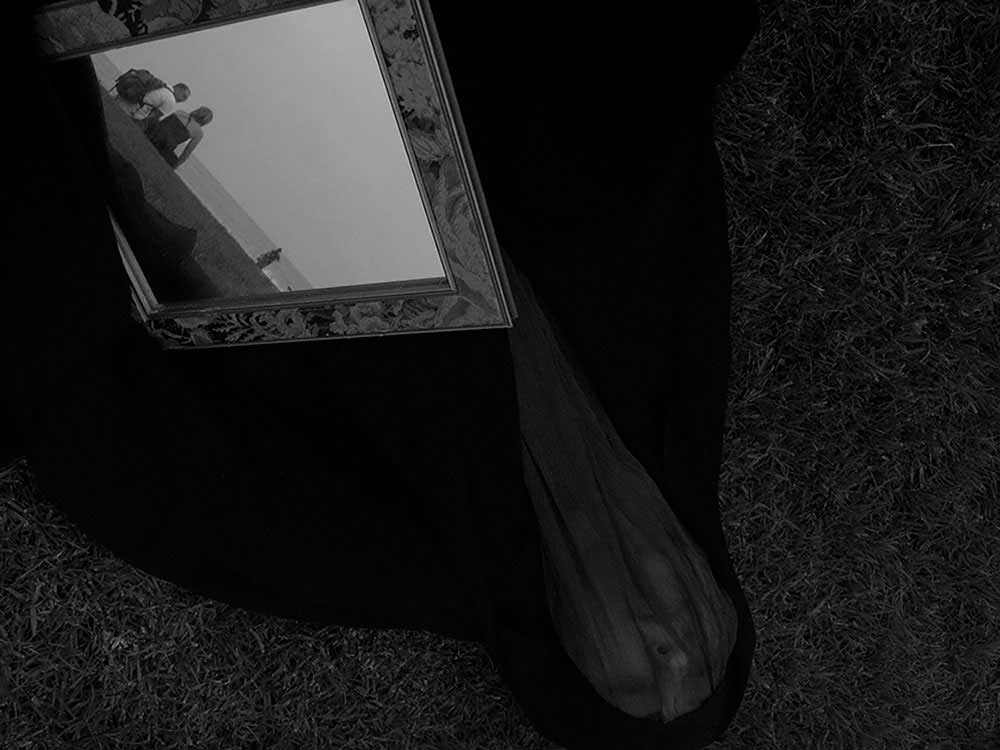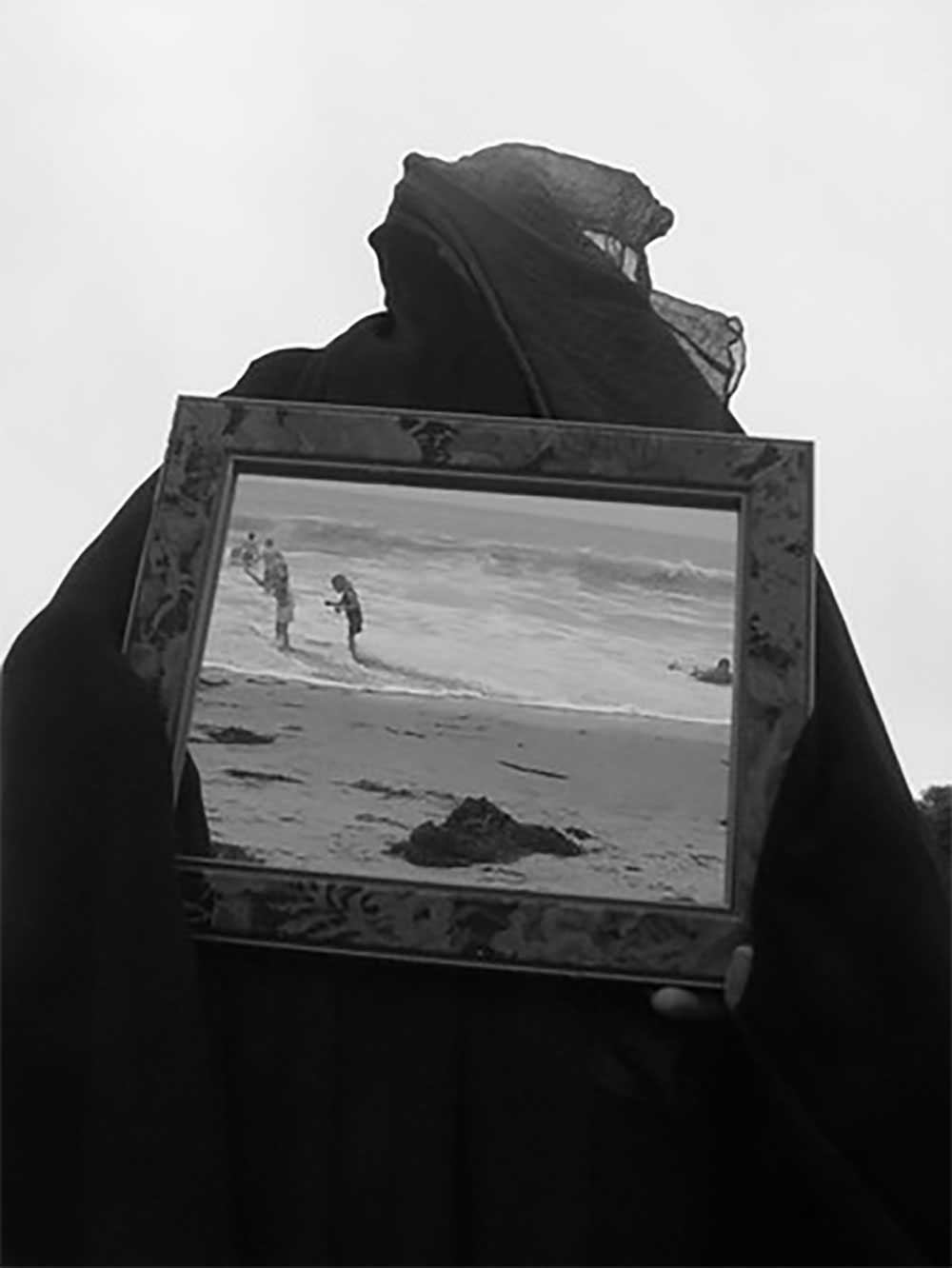The first time I experienced a strictly enforced dress code that included completely covering my head with a black scarf was very confusing. I was 7 years old and just starting elementary school.
Normally a great time for young girls growing up, I was taken through a maze of rules and black clothing I would wear for the next two decades. I went from this funny little girl with long hair and bangs who loved to dress up, to a frowning mess of eyebrows peering out of this sticky cotton black curtain. Why did all of these women who helped fight and win the revolution have to endure this torture yet men did not?
The hijab law that was enacted March 8,1979 forbid women in Iran to leave the house without being fully clothed, while wearing closed-toe shoes and full covering of the head and hair with a scarf or chador. In a way this strange new law marked the time that I was becoming a woman with all it’s advantages and difficulties. Looking at old photos of my girlfriends in high school, some straining to smile wearing this ridiculous garb, I wondered how we were supposed to grow up with half of our joy blacked out?
After leaving Iran in 2003, a huge relief came over me as hoped to get a break in the new world and not have to be constantly reminded of my prior black attire. But it’s haunting memory followed me and I felt a constant need to explain my hijab history, which now was part of me. Even now with no obligation to cover, that black wispy cotton that once was a second outfit over my real clothing is hard to discard.
But like many women before me that have endured oppression, the light eventually shines through and gives me hope. This image is part of a series that I worked through finding power and strength even when you are alone and in the dark.
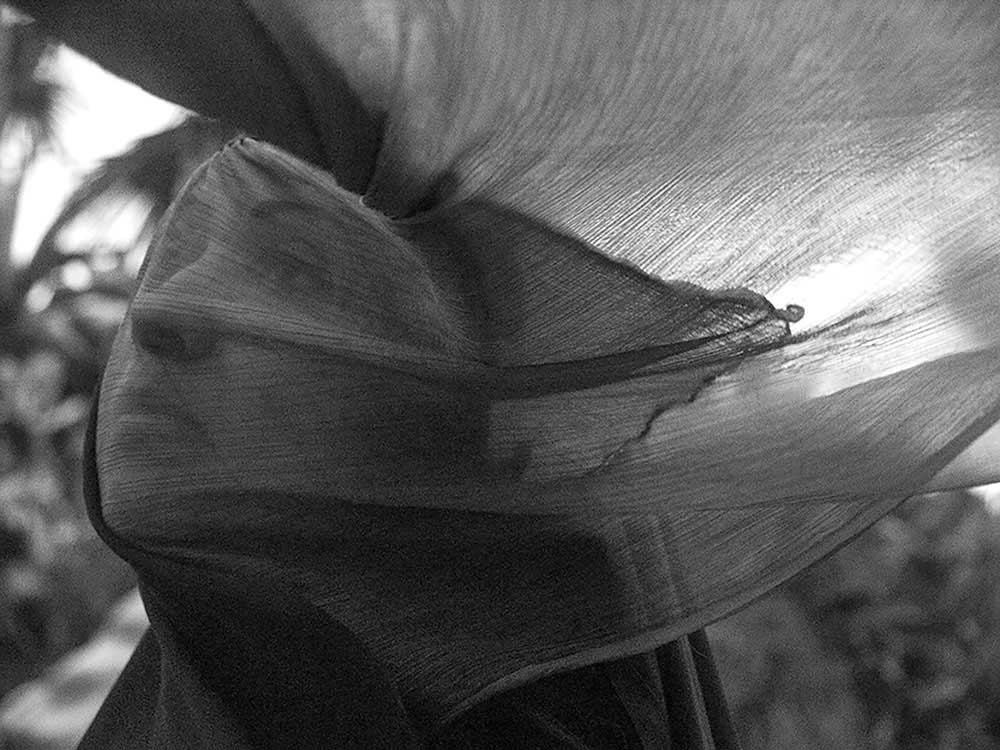
About Labkhand Olfatmanesh
Growing up after the 1979 Iranian Revolution and during the dark ages of the Iran-Iraq war had a huge impact on Labkhand Olfatmanesh. As a result, the teenaged Labkhand turned to art as a refuge to express her feelings and frustrations. She carried this talent into university, studying Graphic design and telling intimate stories through close-ups in what would eventually become a series of photo essays. However, her approach to photography was not favored among her classically trained teachers, so they pushed Labkhand’s obvious talent into a more traditional direction, encouraging her to become a photojournalist. Once Labkhand completed art school, she began to follow her passion again, expressing her deepest, most personal, womanly emotions through her photo essays and expanding her talent with the creation of unique masks and installation result of solo shows and several group shows.
Labkhand Olfatmanesh’s work has been exhibited in several solo and group exhibitions, including Photo London, UK; Rencontres d’Arles, France; the Ataturk Culture, Nicosia, Cyprus; and the Craft Contemporary, Los Angeles.
She is the recipient of several Honorable Mention awards, including the International Photo Award (Lucie Foundation) and the Tokyo International Foto Award. She was also awarded the LensCulture Portrait Awards Jurors’ Pick and received first place at the Los Angeles Center of Photography’s second annual fine art photo competition.
She worked with The United Nations, the Australian High Commission in Cyprus, the British council in Nicosia, Cyprus and the Mexican embassy in collaboration with the Iranian municipality in Tehran, Iran. Labkhand lives and works in Los Angeles. [Official Website]



